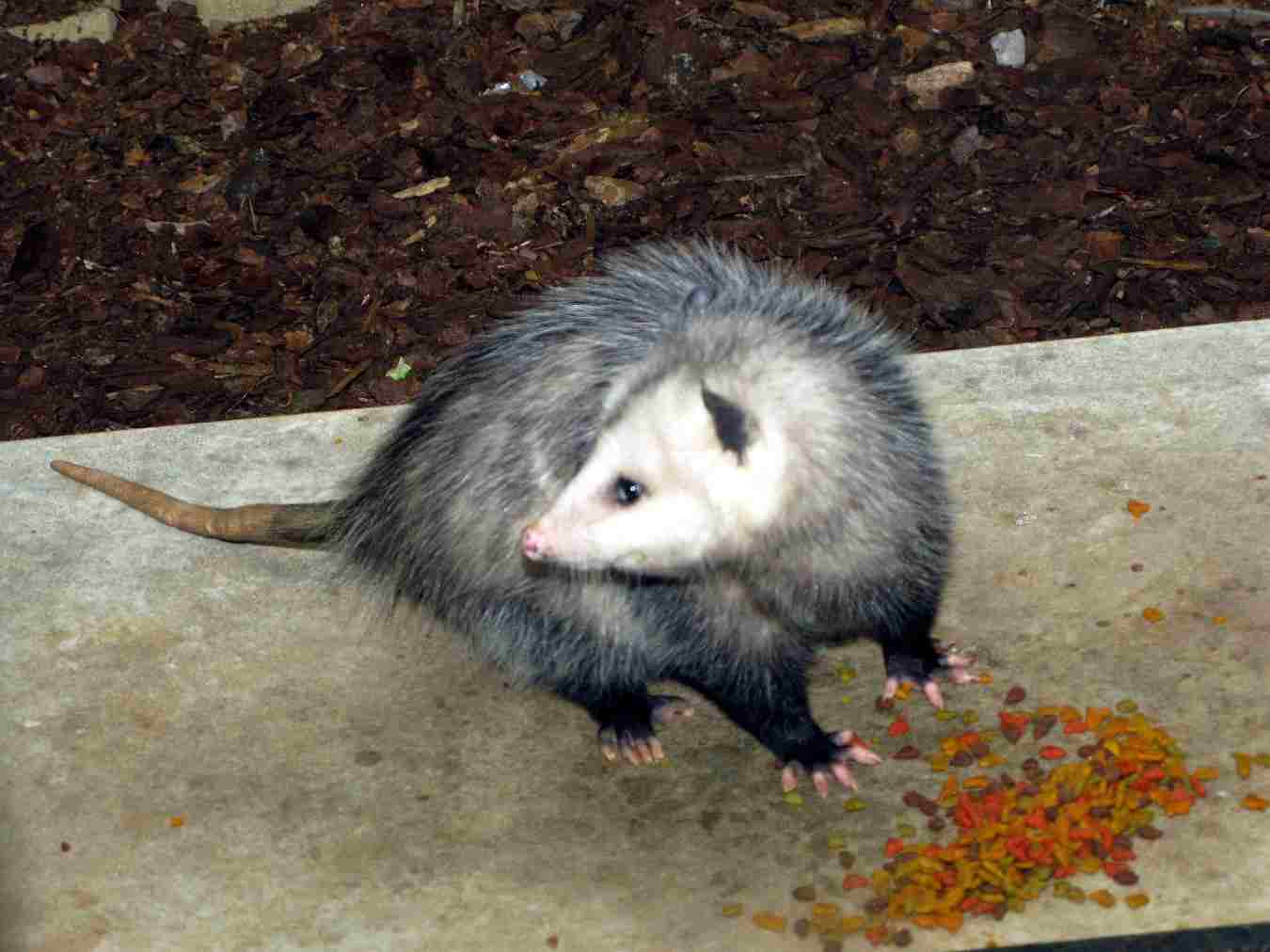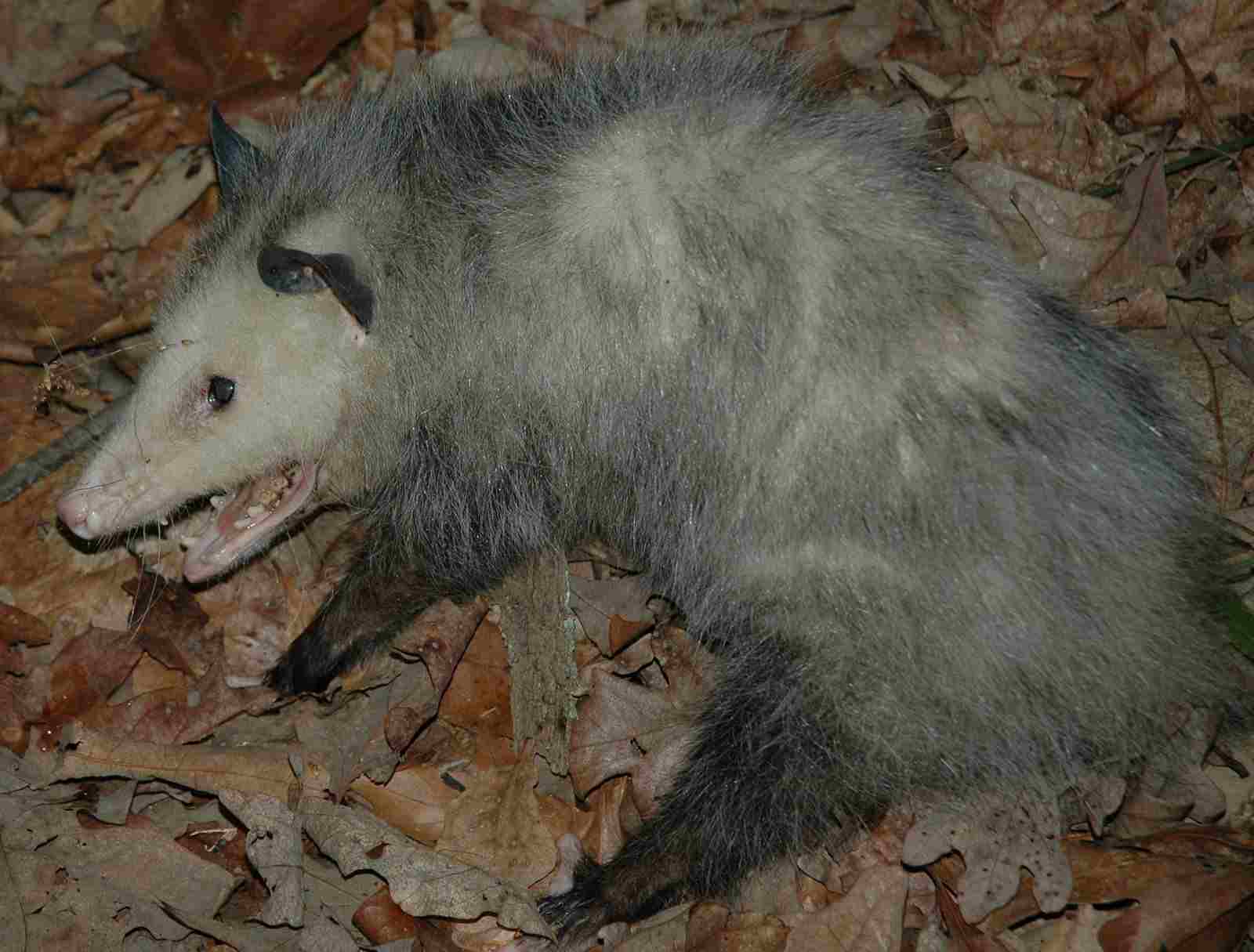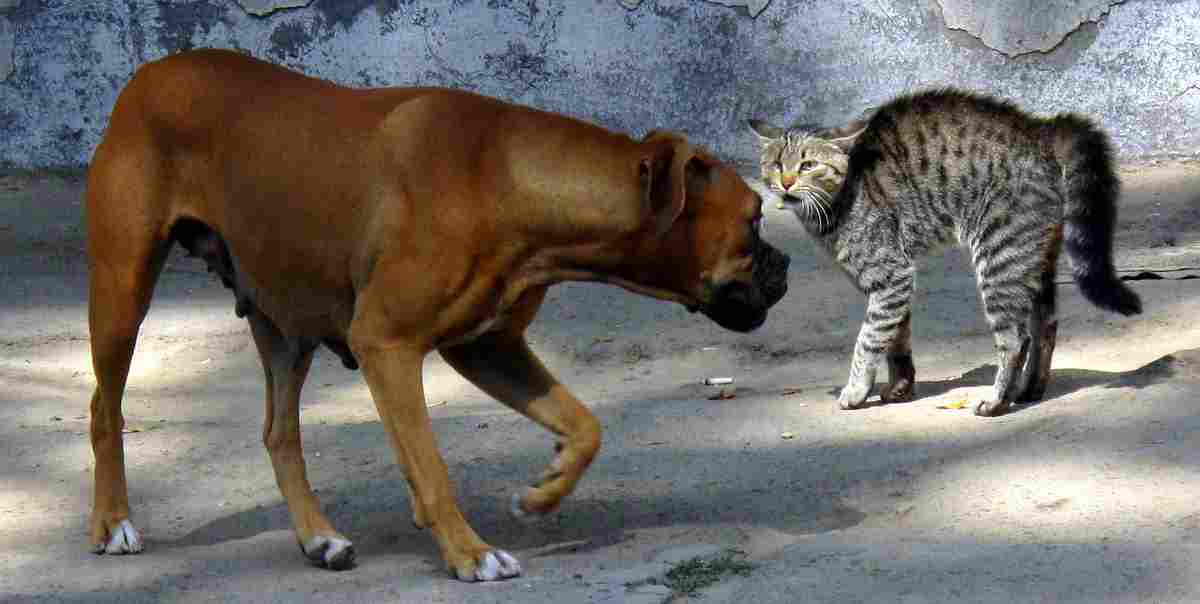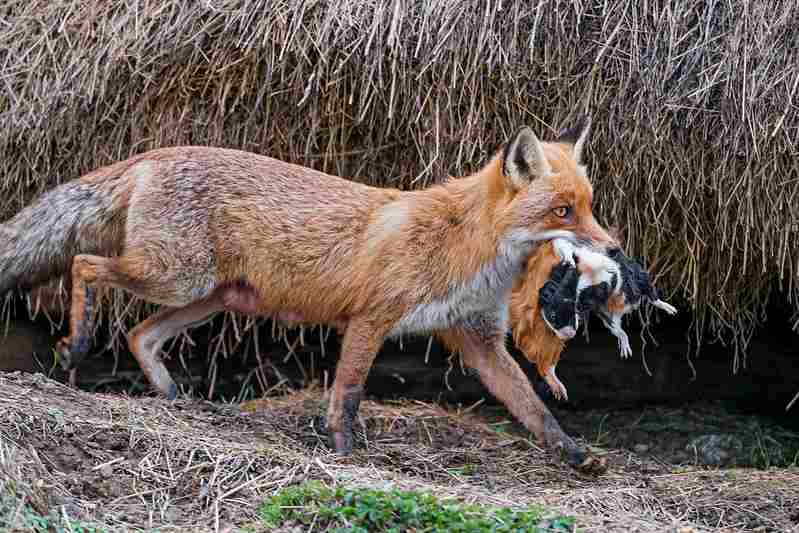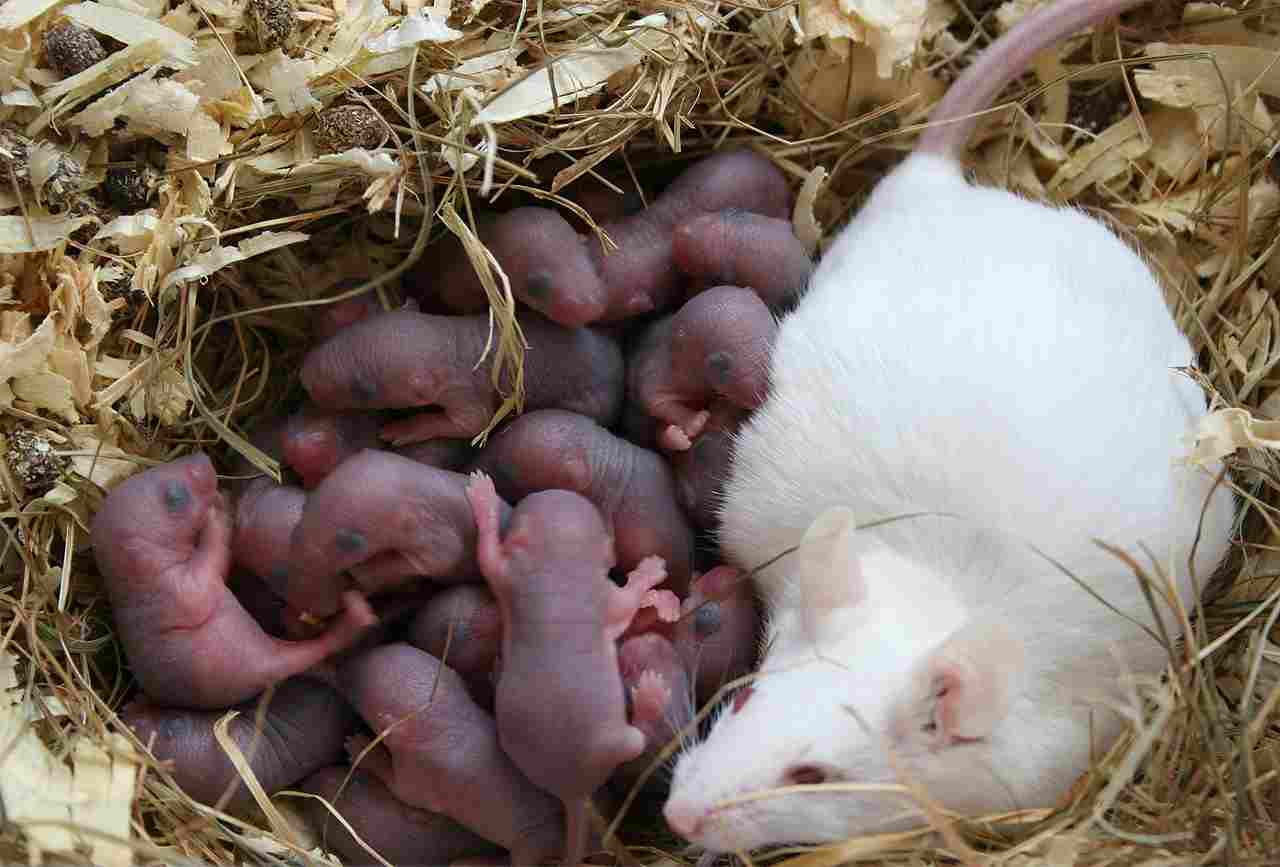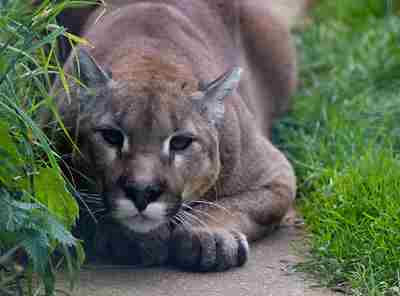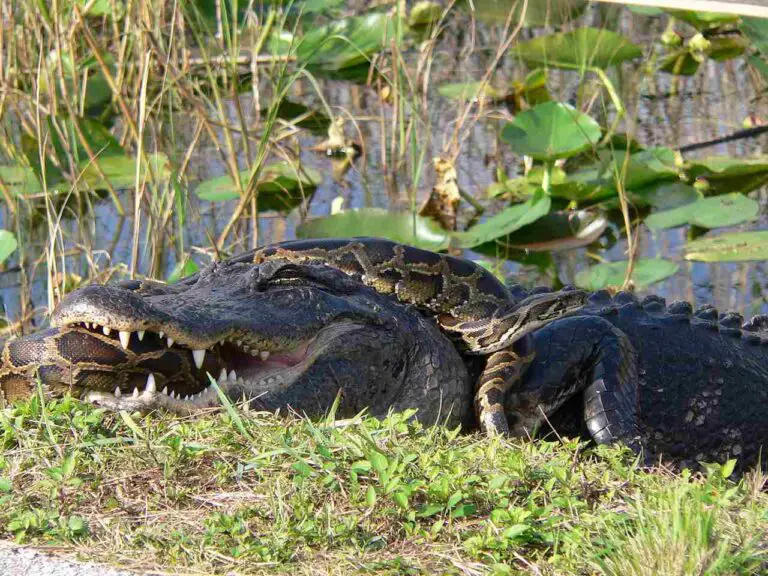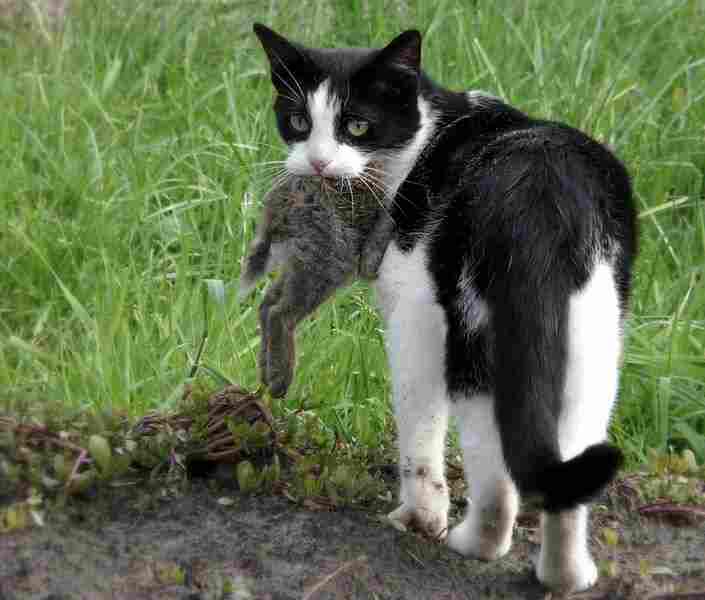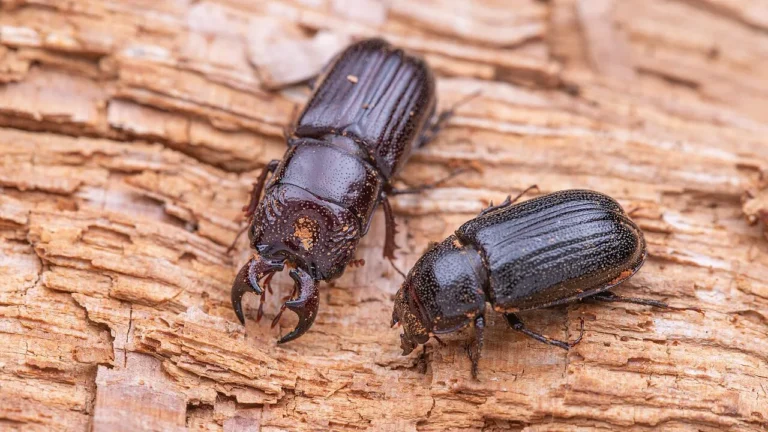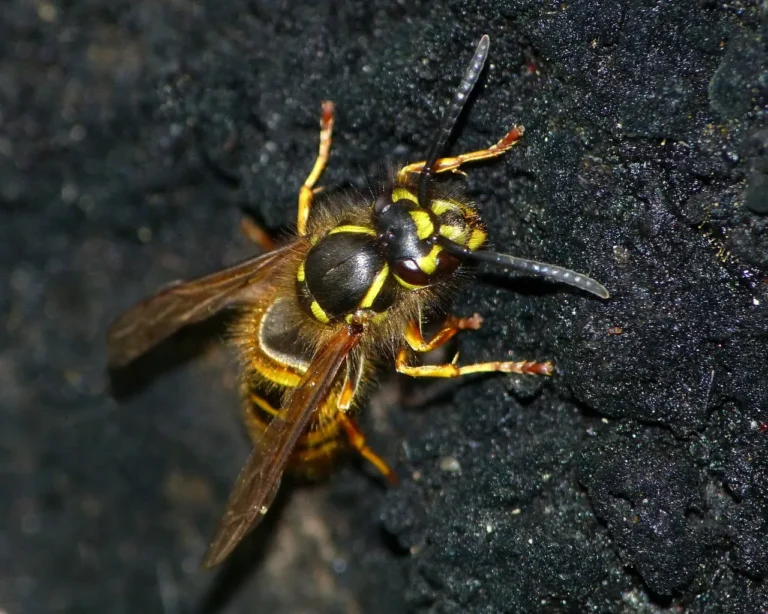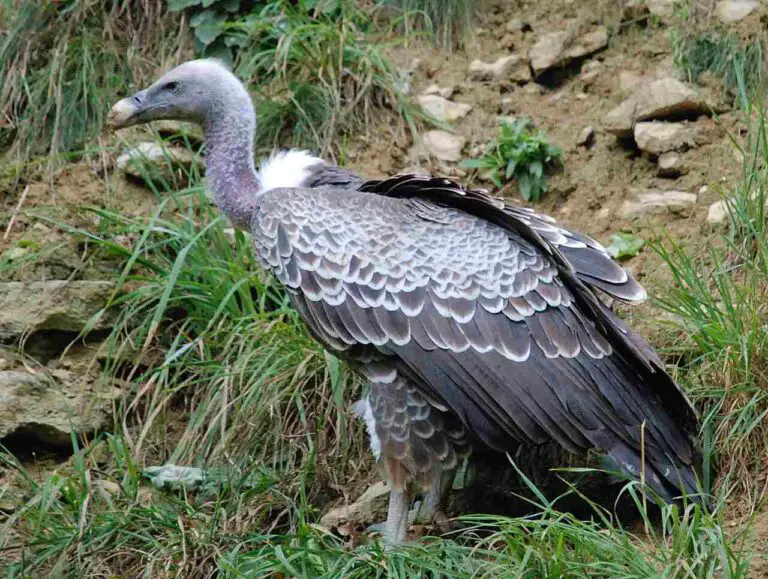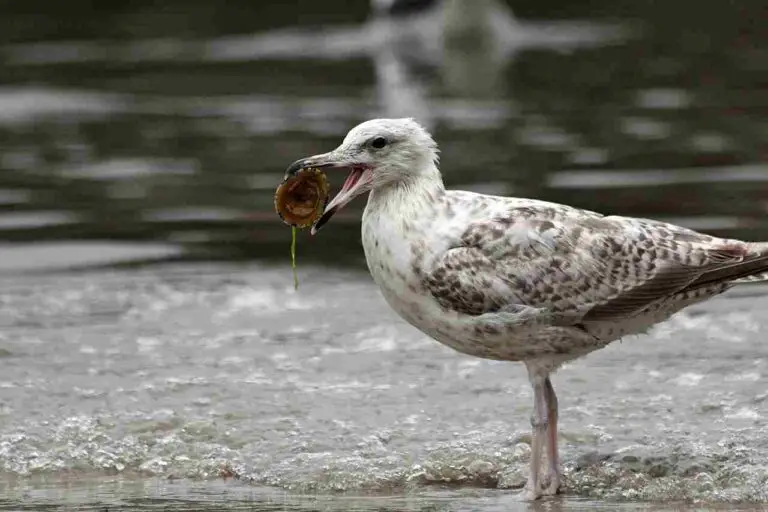Is a Dog a Consumer? Exploring The Trophic Classification of Dogs
Yes, dogs are consumers because, like other mammalian animals, they are unable to manufacture their own food from inorganic resources like producers. This means that dogs rely on consuming other organisms for their energy and nutrients. They are part of a larger group of consumers that includes animals such as cats, raccoons, possums, and foxes. Dogs, like these other consumers, play an important role in the food chain by consuming other organisms and transferring energy through the ecosystem.
The classification of dogs as consumers is based on their higher biological complexity compared to producers. While producers, such as plants, can convert sunlight into energy through photosynthesis, dogs lack this ability and must obtain energy from other sources.
Additionally, dogs are not directly involved in biodegradation, which is the process of breaking down organic matter into simpler substances. Instead, they rely on the actions of decomposers, such as bacteria and fungi, to break down organic matter and release nutrients into the environment.
Reasons Why a Dog is Classified as a Consumer
1. Inability to Manufacture Own Food
Dogs are classified as consumers due to their inability to manufacture their own food. Unlike producers, such as plants, which can synthesize their own nutrients through photosynthesis, dogs are heterotrophic organisms that rely on consuming other organisms for their energy and nutrition.
As consumers, dogs obtain their food by feeding on other living organisms. They are unable to produce their own food through processes like photosynthesis or chemosynthesis. Instead, dogs have evolved to be dependent on a diet that consists of other animals or plant material. This makes them part of the consumer trophic level in the food chain.
In the natural world, dogs are known as carnivores, which means they primarily consume meat. Their digestive systems are adapted to efficiently process and extract nutrients from animal-based food sources. However, dogs are also capable of digesting and deriving nutrients from plant material, making them opportunistic omnivores.
The inability to manufacture their own food is a defining characteristic of consumers. Dogs rely on the energy and nutrients obtained from the consumption of other organisms to meet their metabolic needs. This places them in a trophic position where they depend on the production of other organisms, such as herbivores or other carnivores, for their sustenance.
2. Higher Biological Complexity Than Producers
Dogs, as consumers, exhibit a higher biological complexity compared to producers. Unlike plants, which have simple organelles like leaves, roots, and flagella, dogs possess a more intricate biological structure. This complexity is evident in their organ systems, such as the digestive, respiratory, and circulatory systems, which are specialized for obtaining and processing food.
In terms of digestion, dogs have a complex gastrointestinal tract that allows for the breakdown and absorption of nutrients from their food. They have specialized teeth for tearing and grinding, as well as enzymes in their saliva and stomach that aid in the digestion of proteins, fats, and carbohydrates. This intricate digestive system enables dogs to extract the necessary nutrients from the food they consume.
Furthermore, dogs have a highly developed respiratory system, which includes lungs and a network of airways. This system allows them to take in oxygen and eliminate carbon dioxide, facilitating the exchange of gases necessary for cellular respiration. The complexity of their respiratory system enables dogs to efficiently extract oxygen from the air and deliver it to their cells.
In addition, dogs possess a well-developed circulatory system, consisting of a heart and blood vessels. This system transports oxygen, nutrients, hormones, and waste products throughout their bodies. The complexity of their circulatory system ensures the efficient distribution of essential substances to various tissues and organs.
The higher biological complexity of dogs compared to producers is a result of their evolutionary adaptation to a heterotrophic lifestyle. Their intricate organ systems enable them to effectively obtain, process, and utilize the nutrients derived from other organisms. This complexity is essential for their survival and places them in the consumer trophic level of the food chain.
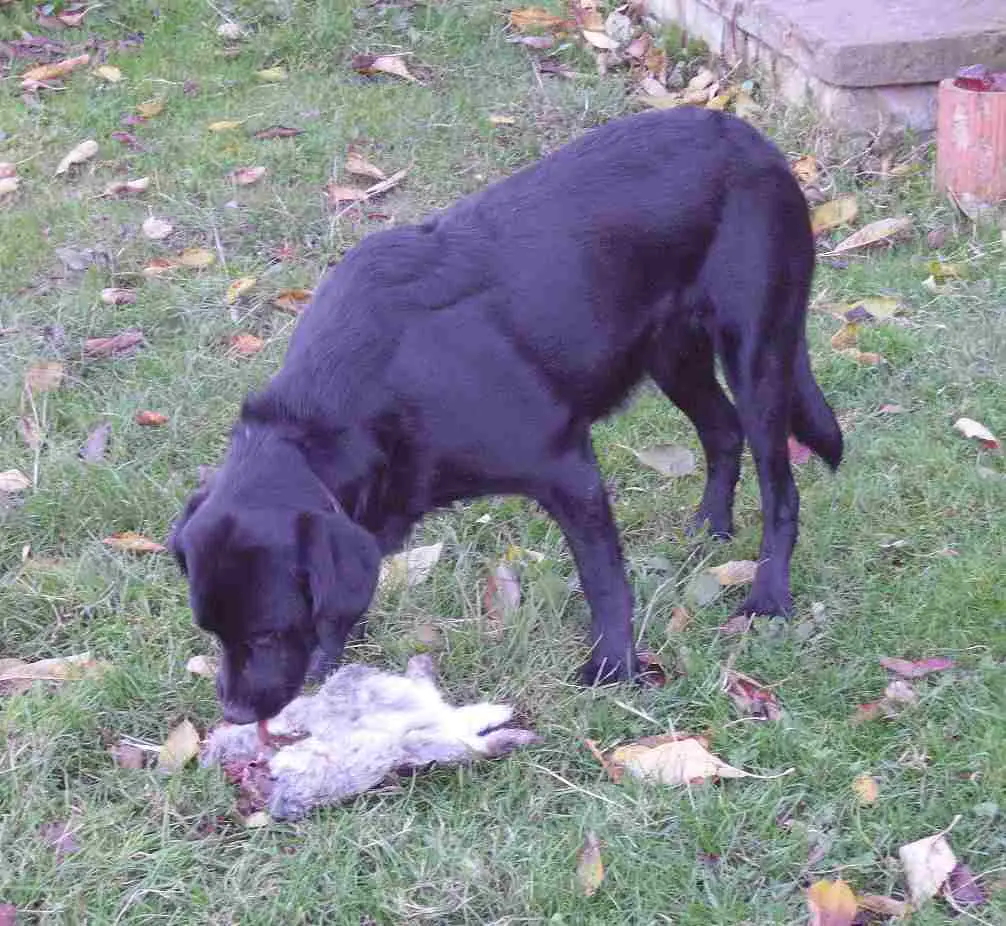
3. Dogs are Not Directly Involved in Biodegradation
Dogs, as consumers, do not contribute directly to the process of biodegradation like decomposers. Unlike organisms such as bacteria and fungi, which play a crucial role in breaking down organic matter and recycling nutrients back into the ecosystem, dogs do not possess the necessary biological mechanisms for this function.
Biodegradation is a natural process that involves the breakdown of organic materials by living organisms. Decomposers, such as bacteria and fungi, secrete enzymes that break down complex organic compounds into simpler forms that can be absorbed by other organisms. These decomposers play a vital role in nutrient cycling and the maintenance of ecological balance.
While dogs do produce waste materials, such as feces, these waste products do not undergo the same process of biodegradation as organic matter. Instead, the decomposition of dog waste is primarily carried out by decomposer organisms present in the environment, such as bacteria and fungi. These organisms break down the waste through enzymatic activity, converting it into simpler compounds that can be absorbed by plants and other organisms.
It is important to note that dogs indirectly contribute to the process of biodegradation through their interactions with the environment. For example, when dogs consume food, they excrete waste that contains nutrients. These nutrients can then be utilized by decomposers to break down organic matter in the environment. In this way, dogs play a role in nutrient cycling, albeit indirectly.
Is a Dog a Consumer or Producer?
When it comes to the trophic classification of dogs, they are primarily classified as consumers, and not producers. Unlike producers, such as plants and algae, dogs do not have the ability to manufacture their own food through processes like photosynthesis or chemosynthesis. Instead, they rely on consuming other organisms for their energy and nutrients.
As consumers, dogs occupy a higher position in the food chain compared to primary consumers like mice or rabbits. They are considered secondary consumers because they have the ability to prey upon and consume these smaller animals. This makes them an important part of the ecosystem, as they help regulate the population of their prey species.
Dogs are well-adapted carnivores, meaning their diet primarily consists of meat. They have sharp teeth and strong jaws that allow them to tear and chew meat effectively. While they may occasionally consume plant matter, such as grass or fruits, their digestive system is optimized for processing animal protein.
In the context of the trophic pyramid, dogs can be classified as tertiary consumers. This means that they occupy a higher trophic level and feed on other secondary consumers. For example, a dog may consume a mouse, which is a primary consumer that feeds on plants. By consuming the mouse, the dog obtains the energy and nutrients stored in the mouse’s body.
It’s important to note that while dogs are primarily consumers, they do have indirect impacts on the environment as well. For instance, when dogs consume food, they excrete waste that contains nutrients. These nutrients can then be utilized by decomposers, such as bacteria and fungi, to break down organic matter in the environment. In this way, dogs contribute to nutrient cycling, albeit indirectly.
Is a Dog a Producer, Consumer or Decomposer?
When it comes to the trophic classification of dogs, they are primarily classified as consumers. Dogs are neither producers nor decomposers. Unlike producers, such as plants and algae, dogs do not have the ability to manufacture their own food through processes like photosynthesis or chemosynthesis. Instead, they rely on consuming other organisms for their energy and nutrients.
As consumers, dogs play a vital role in the food chain. They occupy a higher position compared to primary consumers like mice or rabbits. Dogs are considered secondary consumers because they have the ability to prey upon and consume these smaller animals. This makes them an important part of the ecosystem, as they help regulate the population of their prey species.
While dogs are primarily consumers, they are not decomposers. Decomposers are organisms that directly facilitate the process of biodegradation by breaking down dead organic matter into simpler substances. Dogs do not have the necessary adaptations or behaviors to fulfill this role. They do not actively participate in the decomposition process, making them distinct from decomposers like bacteria and fungi.
Furthermore, dogs are not detritivores or saprophytes. Detritivores are organisms that feed on dead organic matter, such as decaying plants or animal remains. Saprophytes, on the other hand, obtain their nutrients from dead or decaying organic matter. Dogs primarily consume living organisms for their energy and nutrients, rather than relying on dead organic matter.
Generally, dogs are classified as consumers in the trophic classification. They are neither producers nor decomposers. Dogs rely on consuming other organisms for their energy and nutrients, occupying a higher position in the food chain as secondary consumers. While they do not directly facilitate the process of biodegradation or feed on dead organic matter, they play an important role in maintaining the balance of the ecosystem.
FAQs
1. Is a Dog a Secondary Consumer?
Yes, a dog can be classified as a secondary consumer. Dogs are considered more advanced than primary consumers, such as rodents, in the trophic classification. They occupy a higher position in the food chain and often prey on these primary consumers.
In terms of their diet, dogs are known to consume a variety of foods, including meat, vegetables, and grains. While they are primarily omnivores, meaning they eat both plant and animal matter, some dogs exhibit carnivorous behavior. This means that they have a preference for meat and may consume a diet that consists mainly of animal protein.
When it comes to their role in the ecosystem, dogs play a significant role as secondary consumers. They help to regulate the population of primary consumers by preying on them. This helps to maintain a balance in the ecosystem and ensures that the population of primary consumers does not become too large.
2. Is a Dog a Carnivore?
While dogs are generally considered omnivores, meaning they consume both plant and animal matter, some canines exhibit carnivorous behavior. This means that they have a preference for meat and may consume a diet that consists mainly of animal protein.
In terms of their natural diet, dogs have evolved from their wolf ancestors, who were primarily carnivorous. This carnivorous behavior can still be seen in certain canine species, such as the African wild dog. These dogs rely heavily on meat as their main source of nutrition and have adapted to hunt and consume prey.
However, it’s important to note that domesticated dogs have been bred and adapted to a more varied diet. They have the ability to digest and derive nutrients from a wide range of foods, including plant-based ingredients. This flexibility in their diet is one of the reasons why dogs are considered omnivores.
So, while dogs are not exclusively carnivores, their ability to exhibit carnivorous behavior and their ancestral connection to carnivorous species make them a unique case in the trophic classification. They can thrive on both plant and animal-based diets, making them adaptable and versatile consumers in the ecosystem.
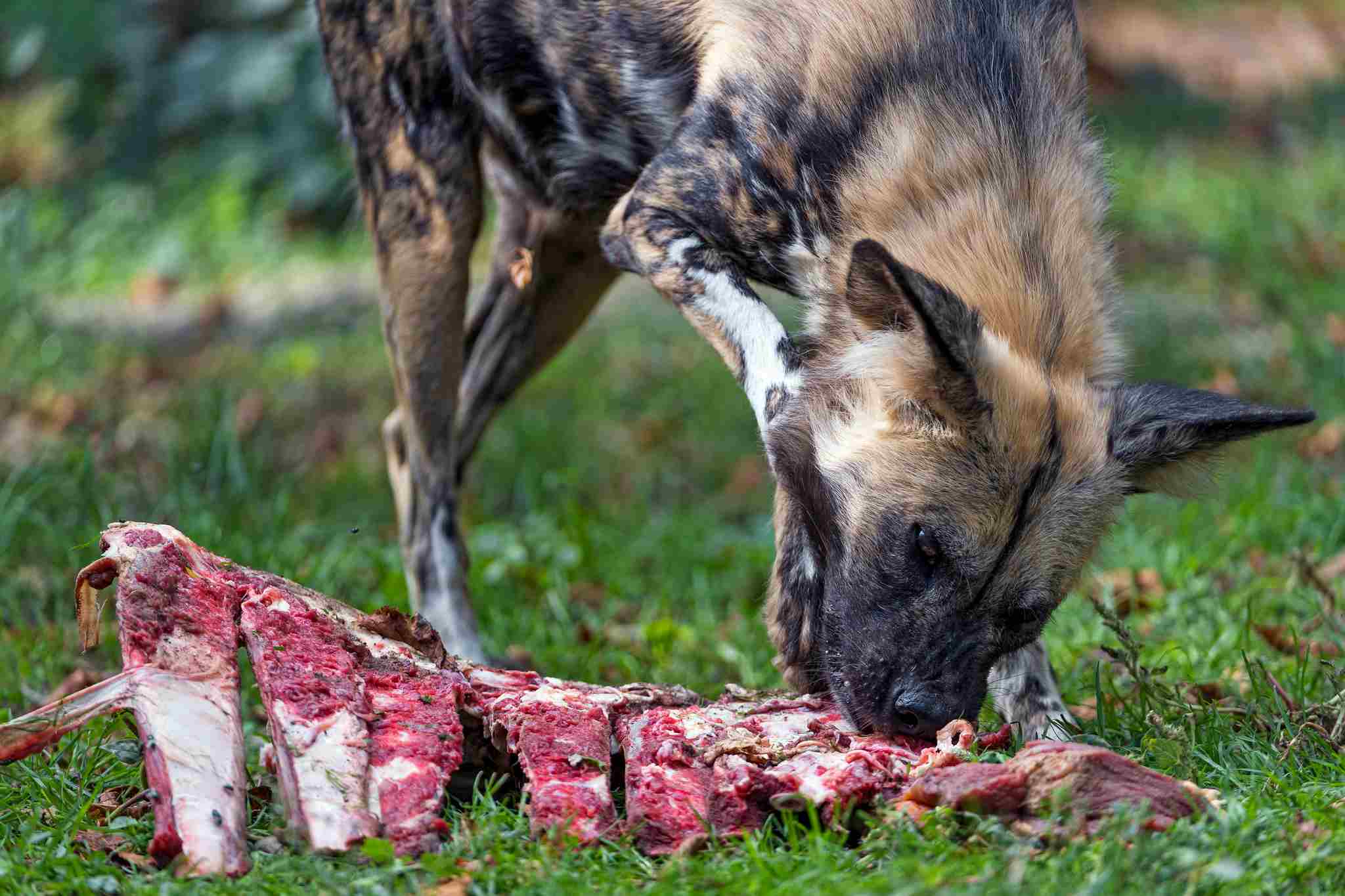
3. Is a Dog a Herbivore?
No, a dog is not a herbivore. Dogs are classified as omnivores, meaning they have the ability to consume both plant and animal matter. While they do have the capability to digest and derive nutrients from plant-based ingredients, dogs are not exclusively herbivorous.
In terms of their natural diet, dogs have evolved from their carnivorous wolf ancestors. This ancestral connection to carnivorous species means that dogs have a preference for meat and may consume a diet that consists mainly of animal protein. However, domesticated dogs have been bred and adapted to a more varied diet, allowing them to thrive on both plant and animal-based foods.
It’s important to note that while dogs can consume plant matter, their nutritional needs are best met with a balanced diet that includes high-quality animal protein. This is because dogs have certain dietary requirements, such as essential amino acids, that are more readily available in animal-based sources.
4. What Level of Consumer is a Dog?
A dog is classified as a level three secondary consumer. This means that dogs are above primary consumers, which are classified as level two consumers. As a secondary consumer, dogs occupy a higher trophic level in the food chain.
In simpler terms, dogs are carnivores or omnivores that primarily consume other animals. They are not directly involved in the process of biodegradation or breaking down organic matter like decomposers. Instead, they rely on consuming other organisms for their energy and nutrients.
Dogs play an important role in the ecosystem as consumers. They help regulate populations of prey species and contribute to the flow of energy through the food chain. Their diet consists mainly of animal protein, although they have the ability to digest and derive nutrients from plant-based ingredients as well.
Overall, dogs are considered consumers because they obtain their energy and nutrients by consuming other organisms. They occupy a specific trophic level in the food chain, highlighting their role as secondary consumers.
5. Are Humans and Dogs Consumers or Producers?
Both humans and dogs are consumers, not producers. As consumers, they obtain their energy and nutrients by consuming other organisms. Humans, like dogs, occupy a specific trophic level in the food chain as consumers.
In simpler terms, both humans and dogs rely on consuming other organisms for their energy and nutrients. They are not directly involved in the process of biodegradation or breaking down organic matter like decomposers. Instead, they play an important role in the ecosystem as consumers, helping to regulate populations of prey species and contributing to the flow of energy through the food chain.
While humans have the ability to consume a wide variety of foods, including both plant and animal-based sources, dogs are primarily carnivores or omnivores that consume other animals. Both humans and dogs have evolved to be consumers, adapting to their respective diets and playing vital roles in the balance of ecosystems.
6. Are Animals Producers or Consumers?
Animals, in general, are consumers. They obtain their energy and nutrients by consuming other organisms. Unlike producers, such as plants, animals do not have the ability to manufacture their own food through photosynthesis. Instead, they rely on consuming other living organisms, either plants or other animals, to meet their nutritional needs.
Animals play a crucial role in the food chain as consumers. They occupy various trophic levels, depending on their diet and feeding habits. Some animals are primary consumers, feeding directly on plants, while others are secondary or tertiary consumers, feeding on other animals. The specific trophic level of an animal depends on its position in the food chain and its role in the ecosystem.
Overall, animals are an essential part of the balance in ecosystems, as they contribute to the flow of energy and help regulate populations of prey species. Their classification as consumers reflects their reliance on consuming other organisms for survival and growth.
7. Is a Dog a Primary, Secondary, or Tertiary Consumer?
A dog can be classified as a secondary consumer. This is because dogs are not herbivorous, meaning they do not primarily feed on plants. Instead, they consume other animals, making them higher in the food chain than primary consumers.
While dogs are larger than many primary consumers, they are smaller in predatory and feeding roles compared to tertiary consumers. This places them in the middle of the trophic levels. Dogs typically feed on herbivores or other smaller animals, which puts them in the secondary consumer category.
8. What is an Example of a Consumer in Science?
In the field of science, there are various examples of consumers. One example of a consumer in science is the dog, which is a secondary consumer. Dogs primarily consume other animals, making them higher in the food chain than primary consumers. They typically feed on herbivores or smaller animals, placing them in the secondary consumer category.
Additionally, insects, birds, reptiles, amphibians, and other mammals are also examples of consumers in science. These organisms rely on consuming other organisms for their energy and nutrients. They play an important role in maintaining the balance of ecosystems by regulating populations of other organisms. Understanding the different types of consumers in science helps us comprehend the intricate relationships and dynamics within ecosystems.
9. What Kind of Consumer is a Dog?
When it comes to the trophic classification of dogs, they can be categorized as omnivorous opportunistic secondary consumers. As secondary consumers, dogs primarily feed on other animals, placing them higher in the food chain. They have the ability to consume both plant-based and animal-based food sources, making them omnivorous. This dietary flexibility allows dogs to adapt to various environments and food availability.
Being opportunistic consumers means that dogs are adaptable in their feeding habits and can take advantage of different food sources depending on what is accessible to them. They can consume herbivores, smaller animals, and even scavenged food, showcasing their opportunistic nature.
10. Are Dogs Consumers?
Dogs are indeed consumers. As secondary consumers, they play a vital role in the food chain by primarily feeding on other animals. Their omnivorous nature allows them to consume both plant-based and animal-based food sources, making them adaptable to various environments and food availability.
Dogs are opportunistic consumers, meaning they can take advantage of different food sources depending on what is accessible to them. They can consume herbivores, smaller animals, and even scavenged food, showcasing their ability to adapt their feeding habits. However, dogs are neither producers nor decomposers.
They rely on consuming other organisms for their energy and nutrients, rather than manufacturing their own food or participating in the breakdown of organic matter. This classification as consumers highlights the important role that dogs play in the ecosystem as part of the trophic pyramid.
11. Is A Dog a Herbivore, Carnivore or Omnivore?
Dogs are classified as omnivores because of their opportunistic nature when it comes to food consumption. They are neither obligate herbivores nor carnivores, as they have the ability to consume both plant-based and animal-based food sources. This adaptability allows dogs to thrive in various environments and adapt to different food availability.
As omnivores, dogs have a wide range of dietary options. They can consume herbivores, smaller animals, and even scavenged food. This flexibility in their feeding habits showcases their ability to adapt to different food sources depending on what is accessible to them.
Being an omnivore is advantageous for dogs as it provides them with a diverse range of nutrients and energy sources. This classification highlights the versatility of dogs in their feeding habits and their ability to play a vital role in the trophic pyramid as consumers.
12. Are Dogs Carnivores or Omnivores?
Dogs are often classified as omnivores, meaning they have the ability to consume both plant-based and animal-based food sources. This makes them adaptable to various environments and food availability. While dogs as a species are considered omnivores, it’s important to note that some other canid species and relatives, such as the African wild dog and wolf, are classified as carnivores.
The omnivorous nature of dogs allows them to have a wide range of dietary options. They can consume herbivores, smaller animals, and even scavenged food. This adaptability in their feeding habits showcases their ability to thrive in different ecosystems. Being omnivores provides dogs with a diverse range of nutrients and energy sources, which is advantageous for their overall health and well-being.
13. Why Are Dogs Called Carnivores?
The term “carnivore” is often used to describe dogs, particularly when referring to the behavior of feral dogs, African wild dogs, and other related canines. But why are dogs called carnivores?
Dogs are classified as carnivores because their natural diet primarily consists of meat. While they are considered omnivores due to their ability to consume plant-based foods, their biological adaptations and digestive system are more suited for a meat-based diet. Dogs have sharp teeth and strong jaws designed for tearing and chewing meat, and their short digestive tract allows for quick digestion of animal proteins.
Conclusion
* In this article, we have explored the trophic classification of dogs and whether they can be considered consumers or producers.
* We have discussed the reasons why dogs are classified as consumers, including their inability to manufacture their own food, their higher biological complexity compared to producers, and their lack of direct involvement in biodegradation.
* Additionally, we have addressed common questions about the classification of dogs, such as whether they are secondary consumers, carnivores, herbivores, or omnivores.
* We have also examined the level of consumer that dogs fall into and compared the classification of humans and dogs.
* Finally, we have considered the role of dogs as primary, secondary, or tertiary consumers and provided an example of a consumer in science.
* In general, this article has aimed to provide a comprehensive understanding of the trophic classification of dogs and answer common questions related to their role as consumers or producers.
